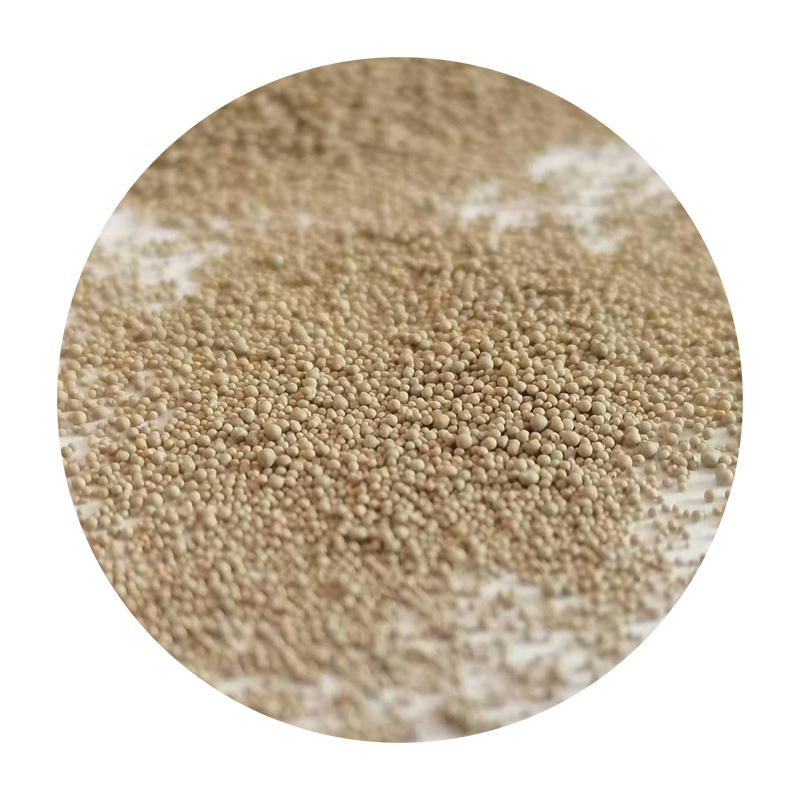Foundry Sand Casting Process An Overview
The foundry sand casting process is one of the oldest and most widely used manufacturing techniques in the metalworking industry. It involves forming a mold by compacting sand around a pattern, which is then removed to leave a cavity that is filled with molten metal. This method is favored for its versatility, cost-effectiveness, and ability to produce complex shapes with excellent surface finishes.
The Basics of Sand Casting
The sand casting process begins with the creation of a pattern, typically made from metal, wood, or plastic, which replicates the object to be cast. Patterns can be single, split, or shell types, depending on the complexity of the desired part. Once the pattern is ready, the next step involves preparing the sand mixture, which usually consists of silica sand, clay, and water. The clay acts as a binder that helps the sand grains stick together, providing sufficient strength and stability to the mold.
The sand mixture is packed around the pattern in a mold box, forming a cavity that mirrors the dimensions of the pattern. Using various tools and techniques, foundry workers ensure that the sand is tightly compacted to prevent any deformation during the pouring of molten metal. After removing the pattern, the mold is ready for casting.
Pouring and Solidification
Once the mold is prepared, the molten metal is poured into the cavity. The choice of metal depends on the specific application, but common options include aluminum, iron, and copper alloys. The pouring process must be controlled to minimize turbulence, as excessive agitation can lead to defects such as inclusions or porosity in the final product.
After pouring, the metal cools and solidifies within the mold cavity. This cooling period is critical; the rate of cooling influences the mechanical properties of the cast metal. Depending on the material, the cooling process may take from a few minutes to several hours. Once solidification is complete, the mold is broken apart to reveal the cast part.
foundry sand casting process

Post-Casting Operations
After the casting process, several post-casting operations may be necessary to achieve the final specifications of the part. These operations can include trimming excess material known as gates and risers, grinding, and surface finishing. Additionally, non-destructive testing methods like X-ray or ultrasonic inspection may be employed to ensure the integrity of the casting, checking for internal flaws or inconsistencies.
Advantages of Sand Casting
The sand casting process offers numerous advantages. Its ability to produce large parts and complex geometries makes it suitable for a broad range of applications, from automotive components to intricate machinery parts. Furthermore, the use of sand as a primary material is cost-effective, as it is readily available and can be reused multiple times.
Another significant advantage is the process's adaptability to different metals and alloys, allowing foundries to cater to diverse industrial demands. Additionally, sand casting requires relatively low capital investment in equipment compared to other casting methods, making it accessible for small to medium-sized enterprises.
Conclusion
In conclusion, the foundry sand casting process remains a cornerstone of modern manufacturing due to its unmatched versatility and efficiency. With continuous advancements in technology and materials, this age-old process continues to evolve, meeting the ever-increasing demands of various industries while maintaining its cost-effectiveness. As global industries advance, sand casting will remain a vital method for producing high-quality metal components, ensuring its relevance for years to come.
Post time:Th12 . 29, 2024 06:20
Next:golden sands prices
